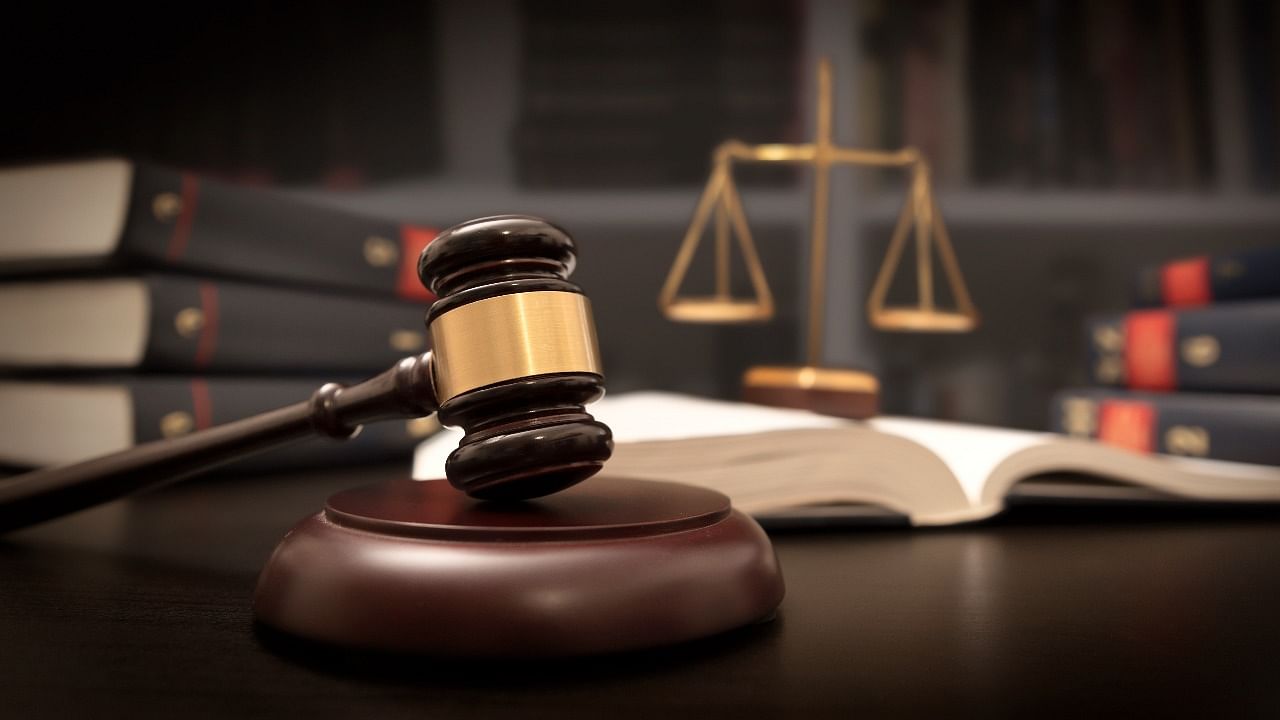
More than two months later, the government is yet to clear the recommendation of the collegium and ‘appoint’ a senior advocate as India’s first openly gay judge to the Delhi High Court. The recommendation approved by the Supreme Court collegium on November 11 was credited to be historic, as it promised inclusivity and representation for the LGBT community in the judiciary.
There are various speculations adduced to this delay, which generally are in many appointments, for various unconfirmed reasons but the most certain limb to this is the Union government’s perpetual ‘recalcitrant attitude’ in clearing such appointments to the high courts and even the Supreme Court. Perennial delay in appointment by the Centre after receiving a recommendation by the collegium is only a contribution to millions of pending cases and ineffective adjudication, thus compromising access to justice for the poor and marginalised.
Unlike the appointment of judges in many countries of the world, which inspired our Constitution-making, the appointment of judges in India is done by the president in ‘consultation’ with the Chief Justice.
After decades of power tussle between the Centre and the judiciary on primacy in appointment, a “collegium” system, more so an arrangement, was crafted which consists of four senior-most judges in addition to the CJI who recommends the name for elevation, and the government, through the President, appoints.
The 99th constitutional amendment did try to streamline the appointment process, against which just concerns were raised in the name of lack of transparency through a National Judicial Appointment Commission but it failed the test of “independence of the judiciary” due to its own structural shortcoming. This opaque method of appointment of judges becomes more vulnerable when certain recommendations by the collegium are at the mercy of governments, even though it is a constitutional obligation to clear the recommendation if reiterated by the collegium in further considerations.
A school of thought believes that the reasons which lead to delay, even after various memoranda of procedure (MoPs) and constitutional mandates, include instances such as a judge passing an order against the ruling government while being in the high court or litigating against the policies as an advocate, political and ideological biases or others. At times, the appointments are delayed for months or even years to an extent that many courts function with a ridiculously smaller number of judges from the original sanctioned strength, thus jeopardising the rights of common people. It is important to note that there is at least 40% of vacancies pending in the high courts, and Patna tops the list with the highest percentage of vacancies around 60%. In all of it, the clogged judicial system suffers the most in addition to even affecting the quality of judges aspiring to move up to the high court, which the great M C Setalvad once feared.
Turf of tensions
Appointments, therefore, have been a turf of urbane tensions between the executive and the judiciary which, however constitutionally separated, swings from a ‘strong executive’ to a ‘weak court’ or vice versa. Many believe that the collegium is a great issue of concern and while it is true that transparency in appointment through this arrangement is close to none, the reforms introduced in the past have been at perils of deliberate political excursion. In defence of the collegium, many believe that at least it has kept “active government intervention” at bay, which may not be necessarily true.
Whatever be the case, the delay in appointments, when the government is constitutionally bound to accept the recommendation even after their objection in the first instance has been overlooked by the collegium and names have been reiterated, is reminiscent of the old days of veto politics in appointments. Today, in the given arrangement of appointment, a tactical and visible delay by the government(s) prejudices whatever little transparency or progress exists in terms of representations or filling vacancies, which thereby damages the health and image of the judiciary, and most importantly, takes justice away from its citizens.
The method of appointment in the near future doesn’t appear to see a revolutionary change. Therefore, the ‘redemption’ of the judiciary at least in terms of appointment of quality judges could be from prescribing a certain time, as advocated by many, to clear the names for an appointment at different stages of the process. This could ensure accountability of the executive and responsibility on the collegium to collectively take steps in the direction of transparency and can be a significant step in inspiring the confidence of not only the legal minds motivated to take judgeship but also of a common citizen whose right of access to justice can be manifested with courts functioning at their sanctioned strength.
(The writer is an advocate and researcher)